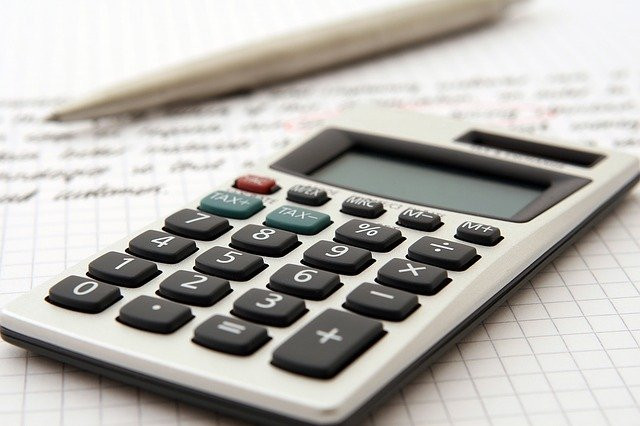
8 min
5
10.04.2022

Percent error, also referred to as percentage error, is an important scientific figure that estimates the exact relationship between theoretical value and actual value.
Learning about error definition is important. For example, the design of electronic equipment requires a resistor with some specific percent error range. In terms of the accepted density of materials, errors are also significant. So, without this knowledge, an individual cannot succeed in development.
Percent Error Highlights
Here are the percent error basics and some reasons to become familiar with them.
Definition and Importance
Percent error
Percent error — is a percentage figure that demonstrates a difference between the expected value and the exact value to an exact value.
Those are significant figures, as they indicate the accuracy of the measurements made in an experiment and describe how close your experimental value is to real value. The smaller the percentage is, the better. For instance, a 5% percentage error means that the initial guess was quite close to the real fact. Moreover, it is possible to get a result of over 100%.
Percent Error Formula
Whenever you require computation of the expectations vs. facts ratio, a percent error formula is what you need. The process of percent error calculation is not complicated:
- Subtract the true value from the approximate value. The number is taken in absolute value, so disregard the negative sign, if any.
- Divide the number by the true value. As a result, you obtain a decimal number or a frac.
- Multiply the number by 100 and add the “%” sign.
The formula looks like this:

Relationship Between Absolute Error, Relative Error, and Percent Error as a Percent Difference
All of those three figures are related to each other. However, for an accurate calculation, it is of the utmost importance to understand the difference.
Absolute error is the difference between theoretical value and measured value. It usually has a positive value; however, sometimes, you can obtain a negative error. Either way, you will require the absolute value of the error for any further calculations, disregarding the negative sign.
Relative error represents the ratio of the absolute value of the difference to the known value. It is normally a frac number or a decimal. It helps to estimate the relative error size in comparison to the accepted value.
Percent error demonstrates a percent difference. Its calculation requires both absolute and relative error computation first. Percentage error is obtained by multiplying the relative error by 100.
Percent Error Calculator: Examples and Explanations
Let’s take a look at some examples of percent error calculations.
Example 1
You expected 200 attendees at the event. However, in reality, there were 270 attendees.
- First, we calculate the absolute error: 200 - 270= -70.
- Despite the negative meaning, we take the absolute value of the error for further calculations. So, now we can count the relative error: 70/270 = 0.26.
- To get the percent error, we multiply the given number by 100%, and that will be our result: 0.26*100%= 26%.
Example 2
You suggested the mass would be 350 gr, but the actual mass turned out to be 170 gr.
- Again, we start with the subtraction of the values: 350 - 170= 180
- This time we get a positive figure, and we continue to count the ratio of absolute error to measured value: 180/170 = 2.57
- The final step is to translate the number into a percentage: 2.57 * 100% = 257%. And that is an example of an over 100% percent error.
Percent Error Calculator
Short Summary
Here are the highlights in brief:
- Percent error is a percent difference between the expected and exact value to the exact value.
- To calculate a percent error, you need to obtain absolute and relative errors first.
- The formula requires three steps: subtraction, division, and multiplication. Negative numbers are disregarded.
Feel that you need help with Percent Error? You can rely on Studybay! Our experts provide online tutoring and writing services for students.
We help students with:
- science homework
- math homework help
- homework in different subjects



